|
The Camera the Spy
Brought in from the Cold
by Bob Brooke
James Bond is the quintessential spy. And like
Bond, every Cold War spy used a variety of devices to gather
information. One of these, made popular in Bond movies and the Mission
Impossible T.V. series is the miniature camera. After breaking into an
enemy’s offices, the spy pulled a tiny camera from his or her coat
pocket and begins shooting photos of secret documents.
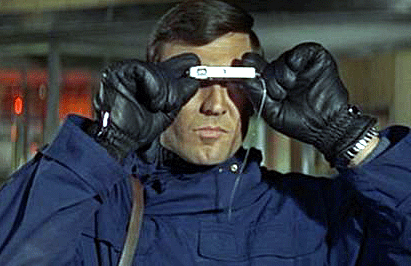
However, this camera isn’t a figment of fiction. It was real, the
invention of Walter Zapp, a Baltic German born in Riga, Latvia, in 1905,
then part of the Russian Empire. His family moved to Talinn, Estonia,
where he eventually got a job with a photographer. At the time,
photographers considered the Leica camera to be a miniature. But Zapp
had an idea for an even smaller camera and began working on plans for
it.
The Beginnings
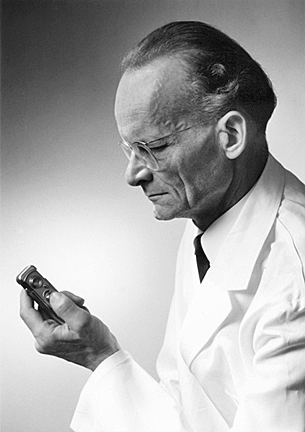 To
begin, Zapp carved a little piece of wood small enough to fit in the
palm of his hand that would disappear inside a person’s closed fist. The
little piece of wood was the first step in the realization of his dream
of an ultra-miniature camera that people could have with them always,
wherever they went, whatever they were doing. Such a camera, Zapp
realized, would have to be more than simply tiny. It would have to be
precisely made, and at the same time extremely simple to operate. To
begin, Zapp carved a little piece of wood small enough to fit in the
palm of his hand that would disappear inside a person’s closed fist. The
little piece of wood was the first step in the realization of his dream
of an ultra-miniature camera that people could have with them always,
wherever they went, whatever they were doing. Such a camera, Zapp
realized, would have to be more than simply tiny. It would have to be
precisely made, and at the same time extremely simple to operate.
Taking the name from the way many camera names ended in the letters “ax”
or “ox.” He added “min” for miniature and came up with Minox. The camera
was built by Valsts Electro-Techniska Fabrika (VEF) in Riga and launched
in 1937.
The Minox was made of stainless steel, giving it a weighty feel. It
measured 3x1x0.5 inches in its closed position, extending to 3.75 inches
when open for action. Opening the body revealed the Minostigmat 15mm
f/3.5 lens alongside the viewfinder. A slider above the viewfinder
pushed a light yellow filter over the lens.

The top of the body featured three controls plus a
window to show the film frame counter. Two dials were used to focus the
lens from eight inches to infinity and to adjust shutter speeds between
1/2 and 1/1000 second. The lens’s aperture remained fixed at f/3.5, so
shutter speeds alone were used to control exposure. The only other
control was the shutter button, which lay between the two dials. Once it
had been used to release the shutter, it could not be pressed again
until the camera had been closed and opened once more, which tensioned
the shutter and advanced the film. The film size, originally planned as
one quarter the width of 35mm at 8.75mm, was later standardized
throughout the Minox range at 9.5mm wide.
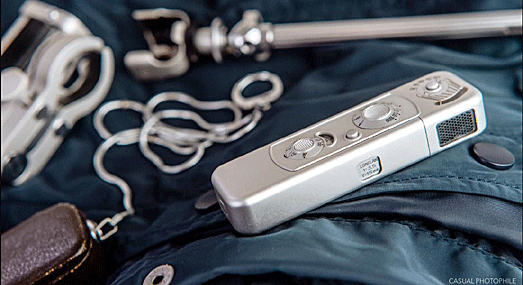
He completed his camera’s design in 1938, after years
of critical experimentation. Zapp succeeded in persuading a manufacturer
to produce his miniature camera, making it a reality.
Zapp’s long and slim camera, made of shiny metal was the size of an
index finger, one for use by spies during the Cold War. The spy could
snap it open by pulling the ends, which extended the body to reveal the
lens and viewfinder, pressed the shutter button, then closed it and
opened it again for the next shot.
The Post-War Minox
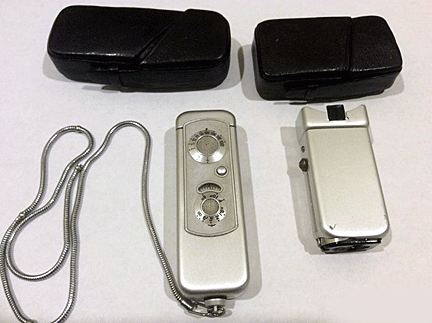 After
the war Walter Zapp found himself in Wes Germany, a refugee for whom
everything seemed lost. Everything except his dream of a little camera
with which people could make big pictures. Zapp began again. Working
largely from memory, he soon completed a new set of engineering
blue-prints. He used this time well, redesigning, refining and improving
the original MINOX mechanism. He developed a new lens of superior
optical performance, the 15 mm COMPLAN ff3.5, for the post-war models to
be. To the basic camera, Zapp added a new line of accessories. After
the war Walter Zapp found himself in Wes Germany, a refugee for whom
everything seemed lost. Everything except his dream of a little camera
with which people could make big pictures. Zapp began again. Working
largely from memory, he soon completed a new set of engineering
blue-prints. He used this time well, redesigning, refining and improving
the original MINOX mechanism. He developed a new lens of superior
optical performance, the 15 mm COMPLAN ff3.5, for the post-war models to
be. To the basic camera, Zapp added a new line of accessories.
But Zapp needed to overcome the prejudice of many photographers, who
refused to believe that anything so small could be a real camera. They
believed a camera should be a big black-and-chrome thing a photographer
carried about in a leather case with a shoulder-strap. Nothing so tiny
as the MINOX could possibly work as well.
But the first post-war MINOX cameras, manufactured in improvised West
German workshops, soon caused some doubt. From the tiny 8 x 11 mm
ultra-miniature MINOX negatives came good and sharp photographs. The
precision, elegance and convenience of its ultra-miniature design won
enthusiastic fans for the MINOX around the world.
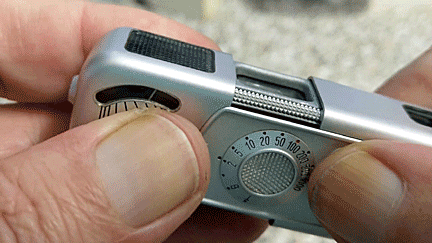
Walter Zapp originally envisioned the Minox to be a camera for everyone,
requiring only little photographic knowledge. Because of its high
manufacturing costs, the Minox became more well known as a must-have
luxury item. From the start, the Minox also gained wide notoriety as a
spy camera, although it was never originally intended to be used as
such.
< Back
to Collectibles Archives
Next Article >
|
